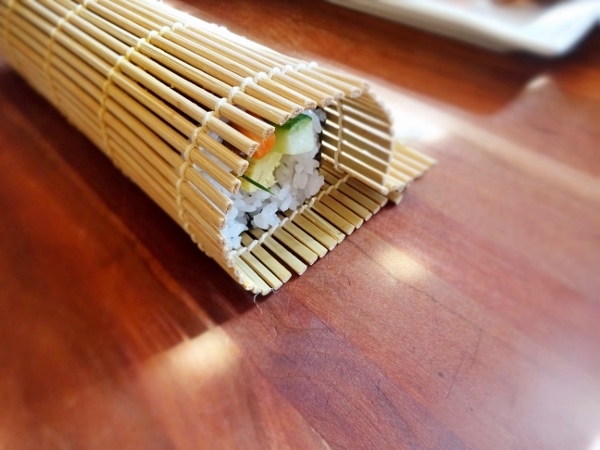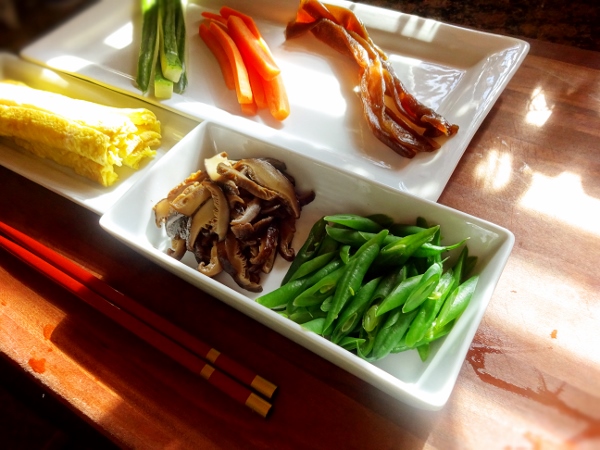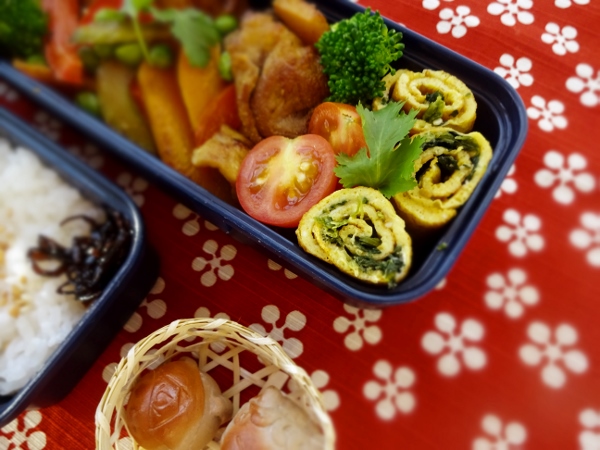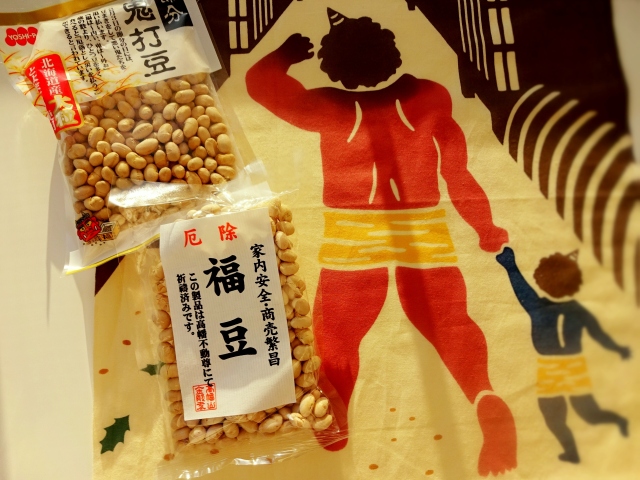
Setsubun , a throwing beans event, is gone. We use soy beans for that, so my mom sent me soy beans far away from Japan.
I know we could get them here as well, but the quality is different.
How could I throw these beautiful soy beans outside even though it was for the luck?
Besides they are purified by the prayer of the shrine. That is why I pretended throwing them, and saved them for cooking.
Every year after this event, I look forward to making roasted soy bean rice with this intentionally left over soy bean.
This is not a fancy food at all and a kind of a comfort food for me, so we needed it to rest our stomachs.
Yes, after Setsubun ,,,

we enjoyed fried chicken for super bowl!
It was my first time to make American style fried chicken, but it was a fun!

I don’t know the best way, but I brined them in the buttermilk mixture, and then steamed with a lid during frying. It was a little scary, but successful. You could imagine how much my husband enjoyed them.
So we needed some kind of gentle food like this not-fancy but delicious comfort rice.
Some of you may not like this rice because it has lots of UMAMI flavor including sardines, but this is definitely a strike for us Japanese.
Here are the ingredients for today’s dish.
- 3 cup of white rice
- 3.3 or a little more cup of water
- soy beans
- small dried sardines (niboshi)
- kombu
- shirodashi (salty umami liquid)
- 2 teaspoons of sake

If you are not sure how to wash and rinse white rice, please check here.
After washing, drain for 30minutes, and then put dried sardines if you have.
The ones I used this time were small, so I didn’t need to take their guts and bone off.

If you use regular size dried sardines, you might want to take heads, remove the guts and bones because they are bitter. Then, split them lengthwise like the photo above. When I opened a new package of dried sardines, I always do it at once, and store them in a canister in the fridge for the future convenience.
Ok, back to the rice.
Roast the beans in the pan until they get fragrant, and add them on the top of the rice. Then add kombu. I had shredded kombu, but if you use regular one, just cut 2-3inch, and put it on the rice. After cooking, you can julienne it and return to the rice.
Then add water and sake.
I had enough umami flavor already, so it would help the rice t0 be flavorful without too much salt. However if you want, you could add 2 teaspoons of shirodashi (if you want) or salt or soy sauce.
Then cook rice like we do for the regular white rice.
I waited enough for the rice to get steamed, so I think it is ready!
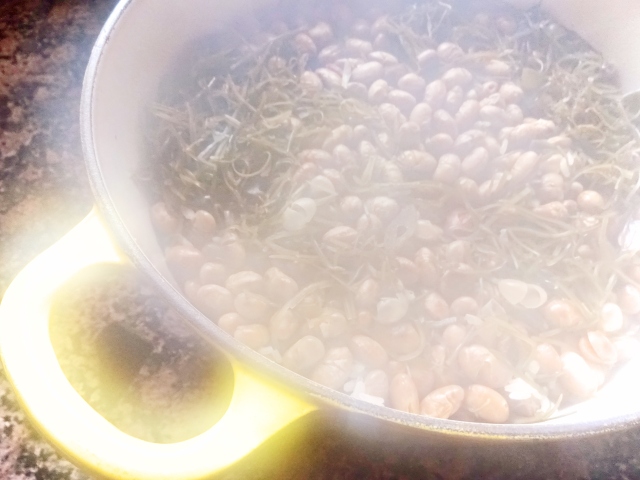
Nice aroma!

Fluff the rice, and that’s it!
I put this rice in my husband’s obento.

I hope he liked it!
This is the comfort food for us…..
Oh, by the way, could you see the meat ball behind the rice in the lunch box?
I will talk about it next time!





























